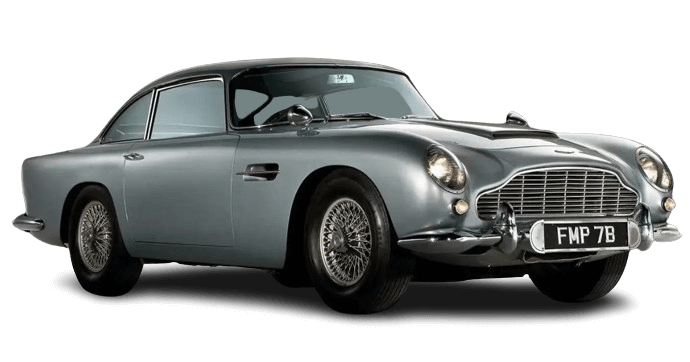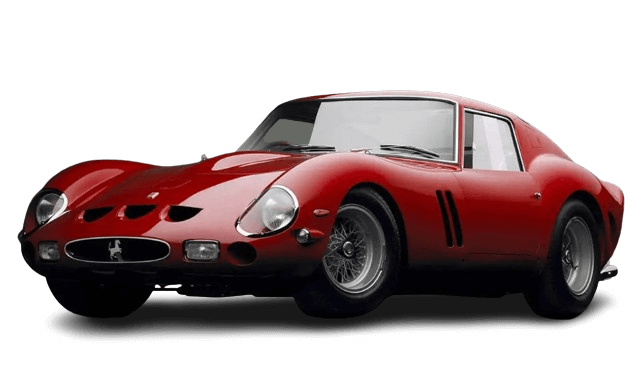Best Classic Cars Of All Time: Top Vintage (2024)
Vintage cars exude timeless charm and nostalgia, captivating enthusiasts with their exquisite craftsmanship and sense of freedom. From the purr of the engine to the smell of leather, they offer an unparalleled experience. Each car tells a rich story through its design and history, inviting admiration from collectors and enthusiasts alike. Whether you’re driving or simply admiring, the allure of these classics is undeniable.
1. Aston Martin DB5 1964

The Aston Martin DB5 remains a timeless icon, coveted for its rarity and iconic status. With appearances in James Bond films and pop culture, its value has skyrocketed since its debut. Designed by Carrozzeria Touring Superleggera, this classic car was always intended to make a lasting impression, ensuring its continued allure for generations to come.
Overview
| Production | 1963–1965 (1,059 units), 2020- (25 units) |
| Designer | Federico Formenti at Carrozzeria Touring Superleggera |
| Class | Grand tourer |
| Body style | 2-door 2+2 coupé, 2-door convertible (123), 2-door shooting brake (13) |
| Layout | Front-engine, rear-wheel-drive |
| Doors | 2 |
| Engine | DOHC Straight-6, 4.0 L (3,995 cc) |
| Power output | 282–325 bhp (210–242 kW) @ 5500 rpm, 280–288 lb⋅ft (380–390 N⋅m) @ 4500 rpm |
| Transmission | 5-speed ZF box or optional BorgWarner 3-speed automatic |
| Wheelbase | 2,489 mm (98.0 in) |
| Length | 4,570 mm (179.9 in) |
| Width | 1,680 mm (66.1 in) |
| Kerb weight | 1,502 kg (3,311 lb) |
| Predecessor | Aston Martin DB4 |
| Successor | Aston Martin DB6 |
2. Ferrari 250 GTO 1962

The Ferrari 250 GTO stands out as one of the most renowned classic cars ever created, and rightfully so. Its unique design and hefty price tag set it apart from the crowd, akin to the world’s most luxurious automobiles. Originally dubbed “Il Mostro” internally for its unconventional appearance, this iconic sports car has maintained its prestige from the 1960s to the present day, commanding a value that even the wealthiest struggle to justify. Delve into Ferrari’s history to uncover more about the brand and the remarkable supercars inspired by the legendary 250 GTO.
Overview
| Manufacturer | Ferrari |
|---|---|
| Production | 1962–1964 (36 produced) |
| Designers | Giotto Bizzarrini, Sergio Scaglietti |
| Class | Sports car |
| Body style | 2-door berlinetta |
| Layout | FR layout |
| Related | 330 LMB, 250 LM |
| Engine | 2,953 cc Tipo 168 Comp/62 60º V12 |
| Valvetrain | SOHC 2 valves per cylinder |
| Carburetors | 6 Weber 38 DCN |
| Compression ratio | 9.7:1 |
| Power output | 300 PS (296 hp; 221 kW) @ 7500 rpm, 294 N⋅m; 217 lbf⋅ft (30 kg⋅m) @ 5500 rpm |
| Transmission | 5-speed manual |
| Wheelbase | 2,400 mm (94.5 in) |
| Length | 4,325 mm (170.3 in) |
| Width | 1,600 mm (63.0 in) |
| Height | 1,210 mm (47.6 in) |
| Curb weight | 880–950 kg (1,940–2,094 lb) |
| Predecessor | Ferrari 250 GT SWB |
| Successors | Ferrari 250 LM, Ferrari 288 GTO |